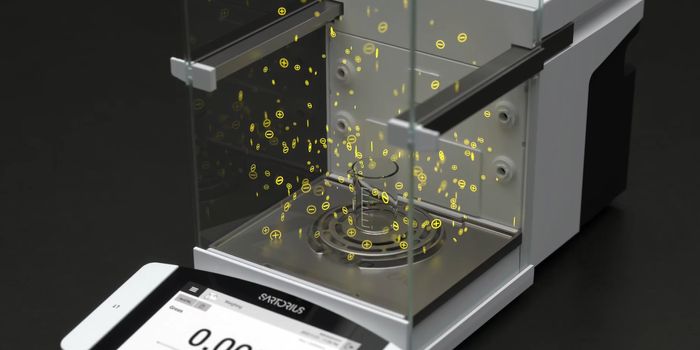New photodectector can see the full light spectrum
New research from a team at RMIT University highlights the development of a hyper-efficient broadband photodetector that is 1,000 times thinner than current available devices. Not only is the device smaller and faster than commercially available devices, but it also can detect the full spectrum of light. The prototype is published in the journal Advanced Materials.
Photodetectors are used in many forms of technology to convert light into electrical signals, including medical imaging, motion detectors, fiber optic communication, and gaming consoles. However, the shortcoming of current photodetectors is that they are only able to sense one color per device. That has held them back from pairing well with other forms of technology, like the silicon chip, that have developed faster.
This innovative device that the team has designed could signify a breakthrough for many technologies. While thinner photodetectors have typically inhibited performance, study lead author, PhD researcher Vaishnavi Krishnamurthi, explained: “We managed to engineer a device that packs a powerful punch, despite being thinner than a nanometer, which is roughly a million times smaller than the width of a pinhead," she said.
The implications of a smaller, thinner, and more efficient photodetector are wide. "Smaller photodetectors in biomedical imaging equipment could lead to more accurate targeting of cancer cells during radiation therapy," Krishnamurthi said. "Shrinking the technology could also help deliver smaller, portable medical imaging systems that could be brought into remote areas with ease, compared to the bulky equipment we have today."
Furthermore, because the device can sense see all shades of light between ultraviolet and near-infrared over 10,000 times faster than the blink of an eye, it has the potential to integrate electrical and optical components on the same chip.
In making the photodetector, the team used a low-cost, naturally abundant material called tin monosulfide. Chief investigator Associate Professor Sumeet Walia commented, "The material allows the device to be extremely sensitive in low-lighting conditions, making it suitable for low-light photography across a wide light spectrum," he said.
The researchers say they hope to move their technology into industrial applications in the future, noting the possibility of integrating their photodetector with technologies like CMOS chips. "With further development, we could be looking at applications including more effective motion detection in security cameras at night and faster, more efficient data storage", concluded Walia.
Sources: Advanced Materials, Eureka Alert
-
APR 30, 2024Immuno-Oncology Virtual Event Series 2024
-
MAY 07, 20243rd International Biosecurity Virtual Symposium
-
SEP 03, 2024Microbiology Week Virtual Event Series 2024
- See More


















































